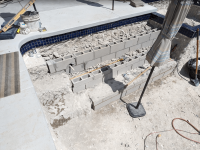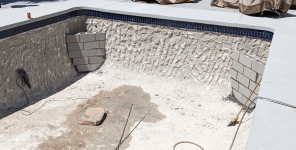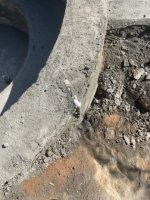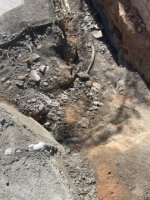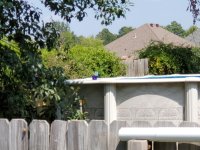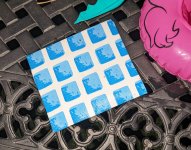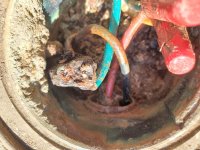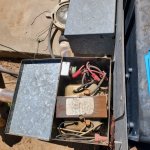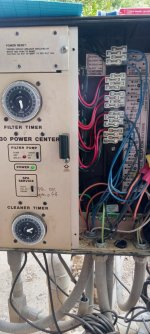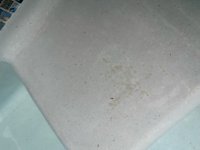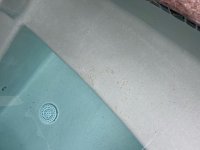Testing Cheat Sheet
- By LSU
- Testing and Balancing Your Water
- 11 Replies
This is a cheat sheet I am working on for my wife and I to refer to. We are new pool owners, and in less than 30 days will convert to salt. As far as general thoughts on when to test, ideal targets, etc. what do you guys think of this? I can add or take away, change whatever. Just looking to make something that's a no frills, simple sheet for us to go by. I have found the amounts of information on the site to be overwhelming at times. I realize that the testing frequency is different for everyone, so these are just best guess. My wife wanted some basic information on there about each thing, so I gathered what I could and put what I felt would be useful. Some of it may just be flat out wrong, and if it is, please just let me know and I can change it to be correct. We really want to stay on top of the testing and care of our new pool. Also, note: We will be using a water softener on our fill water that comes into our system, so our frequency of testing CH may be different than some. Appreciate any information or suggestions!


